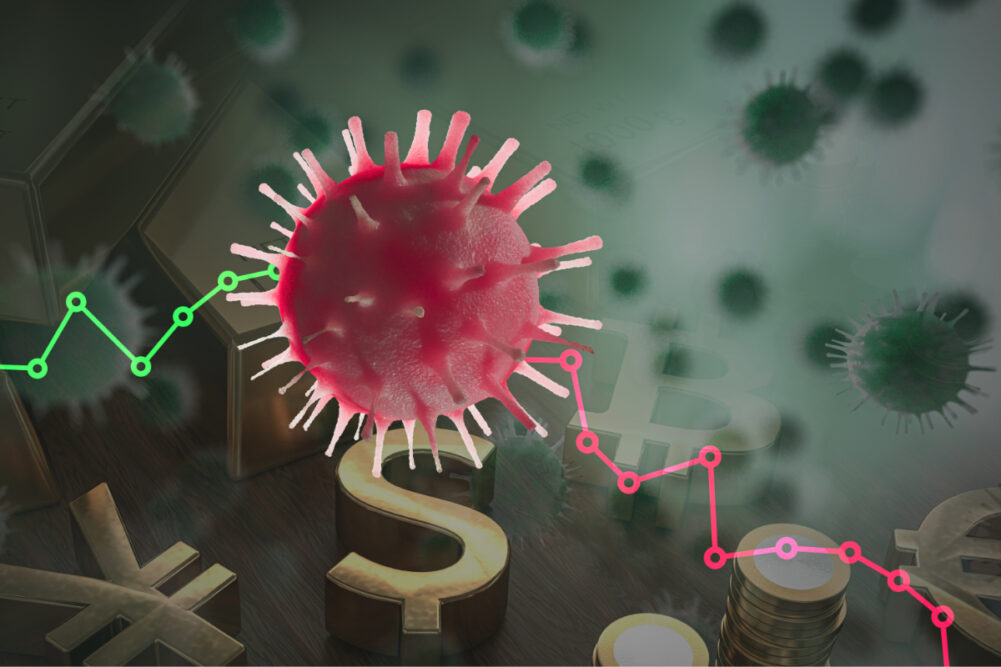 KANSAS CITY – An economic recession of unknown length and severity will accompany the coronavirus (COVID-19) pandemic. The downturn will lead to a shift of consumer purchasing patterns that may be similar to those during the Great Recession that began in December 2007. Food and beverage companies currently in the throes of significant retail demand acceleration must prepare for what comes next.
KANSAS CITY – An economic recession of unknown length and severity will accompany the coronavirus (COVID-19) pandemic. The downturn will lead to a shift of consumer purchasing patterns that may be similar to those during the Great Recession that began in December 2007. Food and beverage companies currently in the throes of significant retail demand acceleration must prepare for what comes next.
The consultancy Deloitte has called COVID-19 an “external shock” with the potential to upend the trajectory of the US economy. In a March 27 article, Daniel Bachman, PhD, Deloitte’s senior manager in charge of US economic forecasting, highlighted four ways the shock will affect the US economy, including through the knock-on effects of a downturn in the global economy; a global decline in commodity prices, most notably crude oil; through an expected decline in first-quarter and second-quarter GDP; and a steep downturn in financial markets.
Dr. Bachman outlined three scenarios for how the US economy could play out in connection with COVID-19. The first two assume the outbreak begins to recede by the beginning of May, and people return to normal activities by the late spring and summer. In the first scenario, GDP falls by more than twice the amount of the average postwar recession but begins to recover due to aggressive monetary and fiscal policy in late 2020 as the virus is brought under control.
The second scenario features a plunge in economic activity that uncovers a weak financial structure in some economies and business sectors, especially those with substantial debt burden. The economy would not emerge from recession until mid-2021.
The last, worst-case scenario projects the US economy struggles to recover from the initial recession as regional outbreaks of COVID-19 continue for about two years. Each regional outbreak is accompanied by interruptions in economic activity. Even after the virus is brought under control, consumers and businesses remain wary and limit making major expenditures. As a result, economic growth is slow in 2021 and 2022, but accelerates in 2023.
What is clear from each scenario is the US economy is already in recession and its impact will alter consumer purchasing patterns. The remaining question is, for how long?
Many food and beverage manufacturers as well as retailers have benefited from the excessive pantry loading that took place when stay-at-home orders went into effect nationwide. But as the crisis continues, the halt in economic activity will push large swaths of US consumers into a pattern of cautious buying.
The market researcher Information Resources, Inc. (IRI) is already seeing recessionary consumer behaviors starting to take hold. In an April 17 report, IRI said during the Great Recession consumers bought more private label, tried lower-priced brands, bought smaller quantities of favorite treats and generally reduced spending on non-essentials. Consumer responses to IRI surveys indicate the same behaviors are starting to emerge.
A post-COVID economy is going to be different from earlier recessions. Until there is a vaccine, consumers say they will continue to social distance and gather in places like restaurants less often. The use of e-commerce and click-and-collect will continue to grow as more people become familiar with the convenience of the services.
But such changes in how people shop will have little effect on what people buy. The Great Recession may provide a rough roadmap for what comes next.





